It’s not what you may think of when you hear the word, ‘Range’. It is also not a range ‘Facility’. It is simply and commonly referred to as ‘Dispersed Recreational Shooting places on Public Lands’, (places where the general public may target shoot recreationally, seven days/week, during daytime hours and without fees or supervision). The difference is, these lanes are ‘Improved’ and they’re solving problems.
- Unsafe situations for visitors to the Tillamook State Forest and for ODF employees and contractors working on the forest.
- Conflict with other visitors to the forest.
- Environmental impacts.
- Sanitation,
- Increased fire potential and increased fire starts,
- Additional costs to the agency.
intensity, scope and scale of the target shooting activity.
- Low safety, sanitation, and environmental issues,
- Low fire hazard risks and costs,
- Partners and partnerships that support the activity,
- Safe and sustainable opportunities for recreational target shooting on the TSF.
- Resolve the safety, sanitation, and environmental issues
- Reduce the fire potential associated with target shooting
- Develop public ownership and involvement in the development and implementation of the strategy.
- Maintain safe and sustainable opportunities for recreational target shooting.
- Fire Prevention… Objective: drastically reduce fire hazards and risks due to target shooting in the area. This area sustained two fires in 2015. Zero fires since improvements, Summer 2016.
- Low Trash Accumulation… Designed for easy target setup and removal. If trash is left behind, it’s within the shooting lane and not on the forest floor.
- Public Safety… Shooting in a safe direction, away from buildings, trails, bodies of water and other recreational activities. Goal is that bullet rounds are contained within the range area.
- Personal Safety… Established firing line enhances user safety and encourages proper use.
- Protection of Natural Resources… Firing into earthen berm backstops, no trees, shrubs, stumps or downed logs.
- Enhanced Recreation for All… Located in an area with little to no conflict with other recreational activities. Less trash seen by forest visitors. Popular with shooting community. Other dispersed areas seeing less use and less trash. Other recreation groups favor a place for shooting.
- Community Support… Building public ownership and volunteer involvement in development, implementation and maintenance of the strategy.
- Comradery… Users unify with a shared sense of pride, appreciation and respect for these lanes.
- Open and Free for Public Use… 7 days/week, half hour before sunrise to half hour after sunset!
- Built for Sustainability… Less routine maintenance. Re-built to last.
Along with the popularity of these lanes, we are seeing a greater sense of community support, as evidenced by a display of ownership, ethics, stewardship, sharing and respect for the shooting sports. The lanes are being used as intended and are well cared for by the community. Trash is at a minimum and users are removing more than their own spent casings and used targets. Education, awareness and communication, amongst its users, are making a difference.
Renovation work was completed at lanes 2 and 3, November 10, 2018. Project was funded by a generous grant from the NRA Foundation. The Oregon Department of Forestry contributed significantly with needed gravel materials, a professional consultation and engineering work. Trash No Land obtained the grant, assisted with plan design and project management.
Upgrades continue for Lanes 1 & 4
The next step is to complete the needed upgrades to lanes 1 & 4. These improvements will be as designed, and recently completed, at lanes 2 & 3. The estimate to complete renovation work on lanes 1 & 4 is $28,500.
Funding for these needed improvements is expected to be accomplished with donations from the general public. The project is scheduled for completion by summer of 2019.
Renovation work includes;
- Rebuild the short lane berm at lane 1 and 4.
- Install a new berm at lane 4 in front of the hillside backstop.
- Grade and gravel the lane surfaces at both lanes.
- Widen the firing line jersey barriers at lane 4 to accommodate wider pistol berms and better share-ability.
- All berms are designed for maximum stopping power and bullet retention. Grade and gravel to minimize skipping and mud conditions.
A fundraiser has been started on the Trash No Land website:
Please support responsible recreational shooting on public lands with a donation!
Thank you!
Contact Bill Cogley
President Trash No Land
360/ 713-8304
bill@trashnoland.org

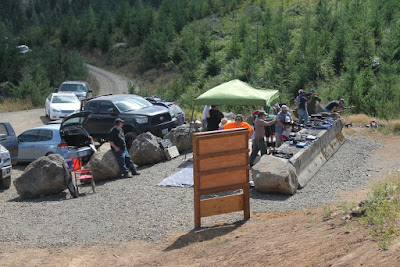







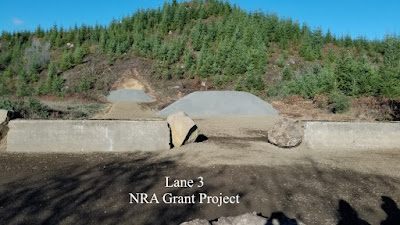


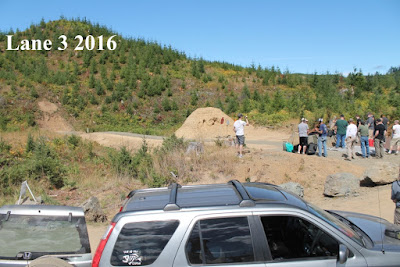
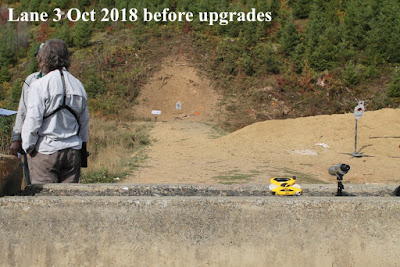

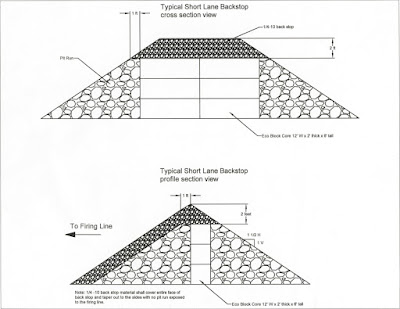
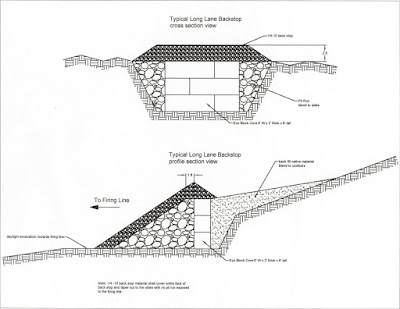
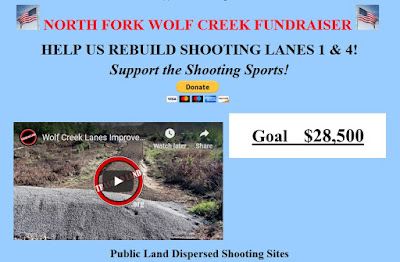
 Donate what you can to our General Operating Fund!
Donate what you can to our General Operating Fund!
Hi Dear,
Thanks for sharing such useful blog. Really! This Blog is very informative for us which contain lot of information about Shooting.